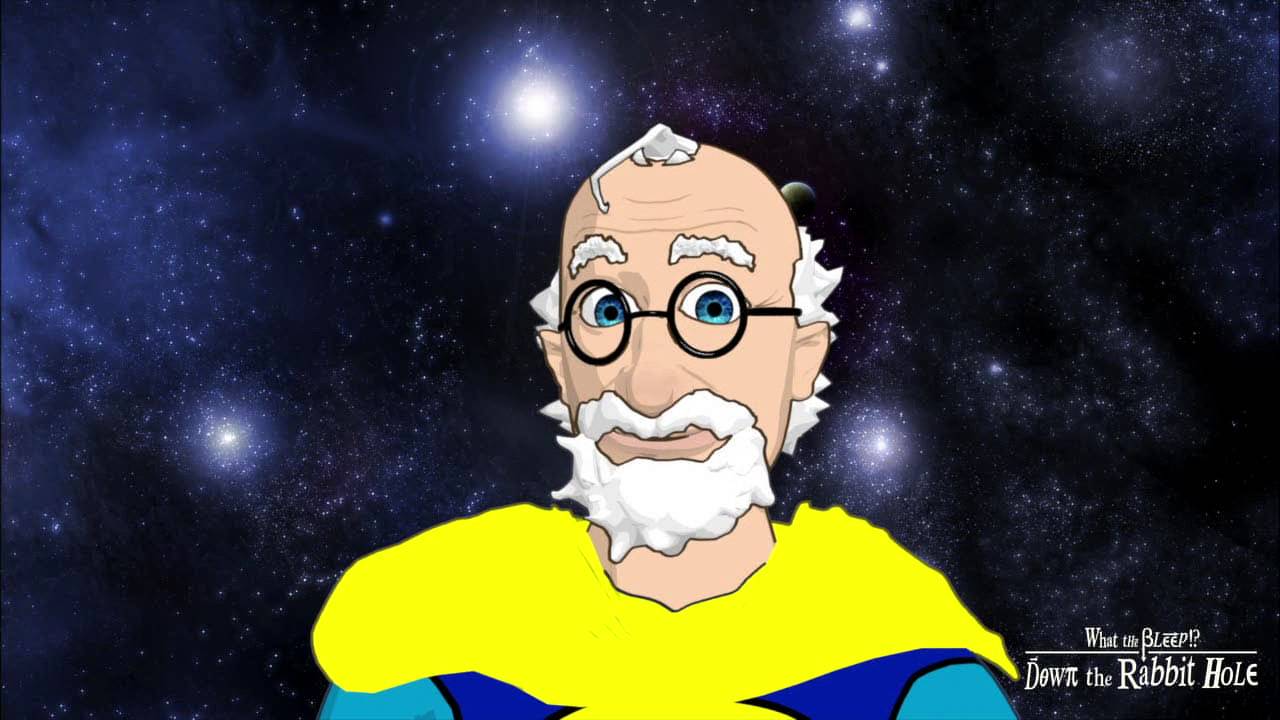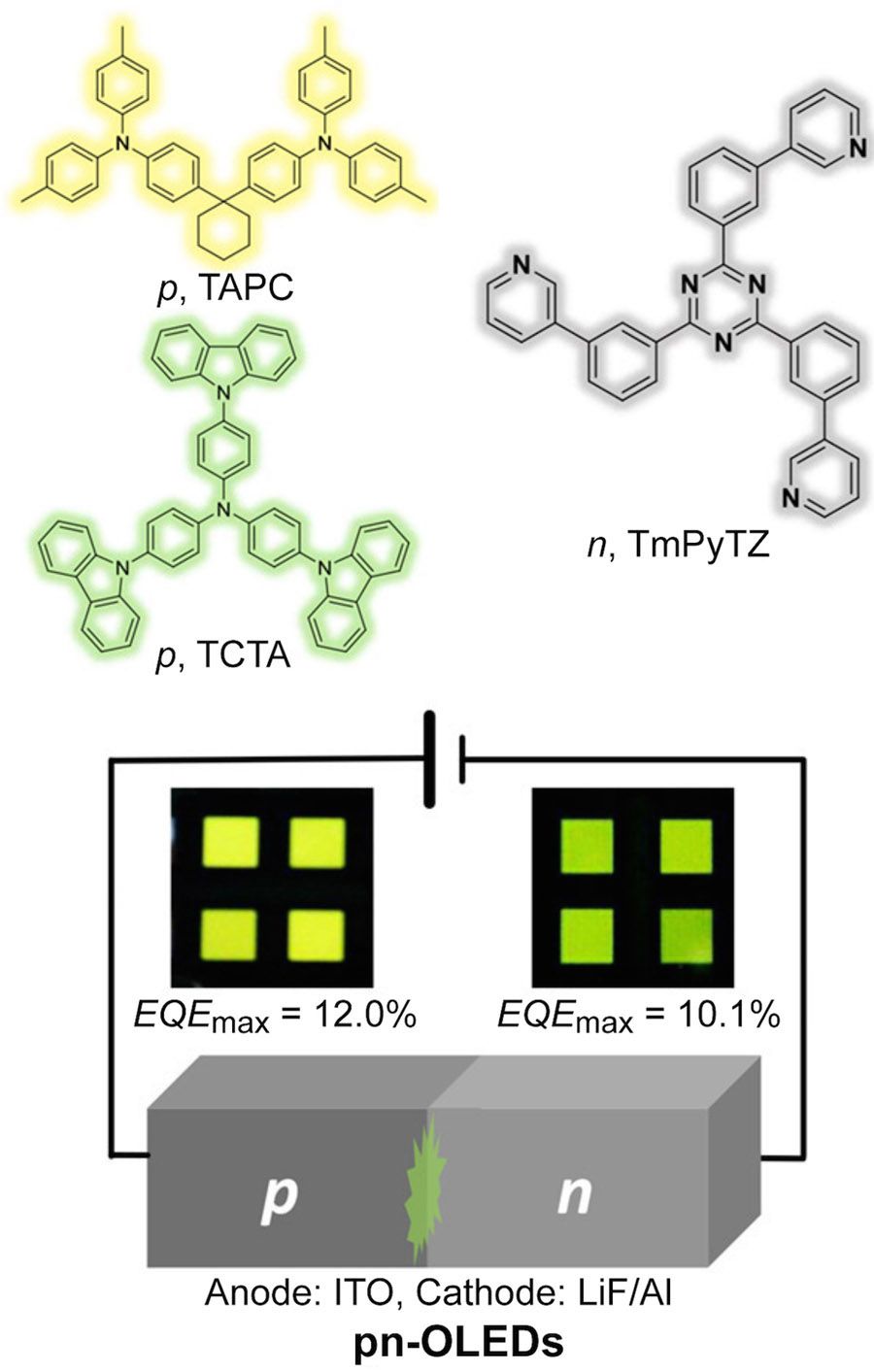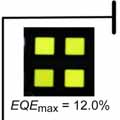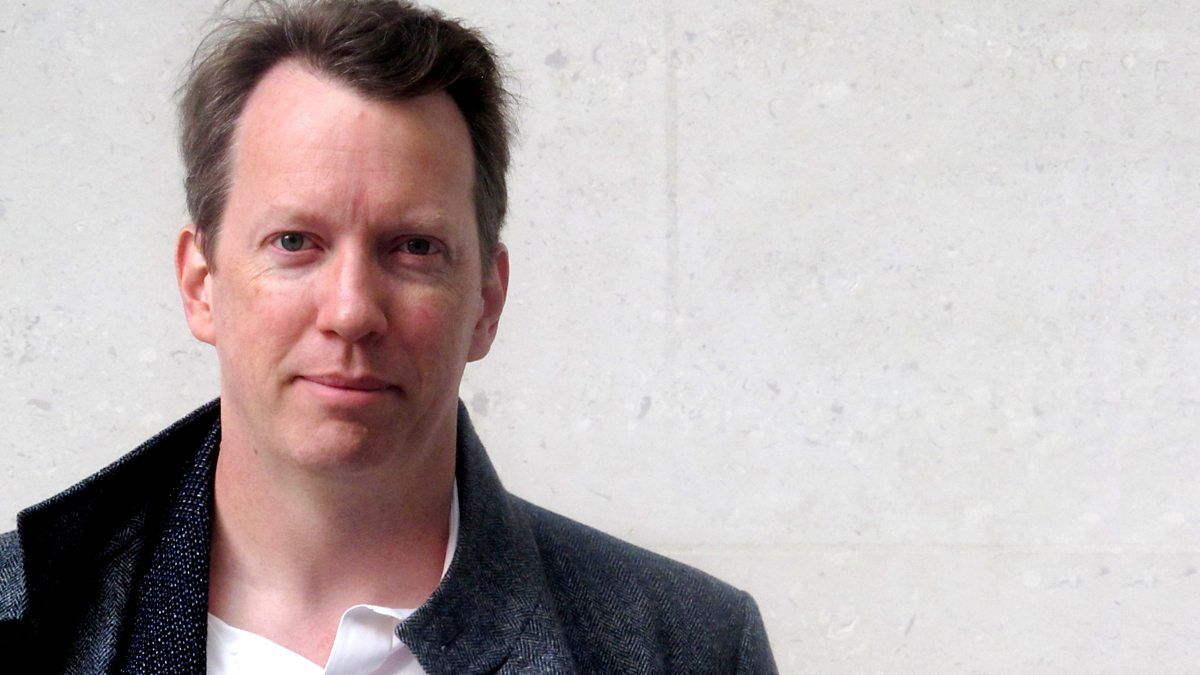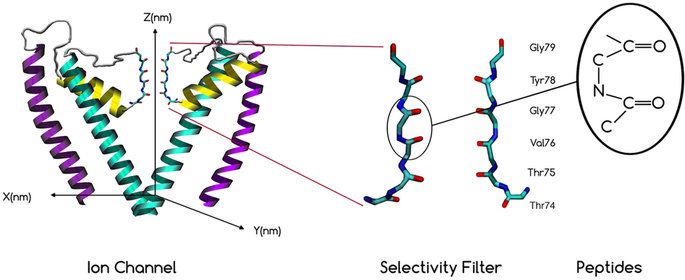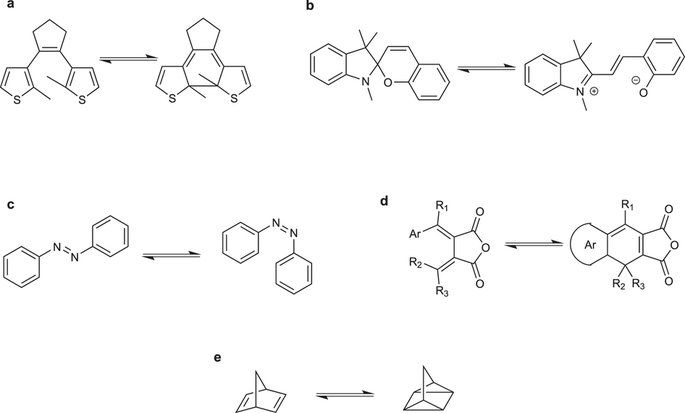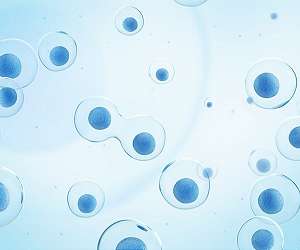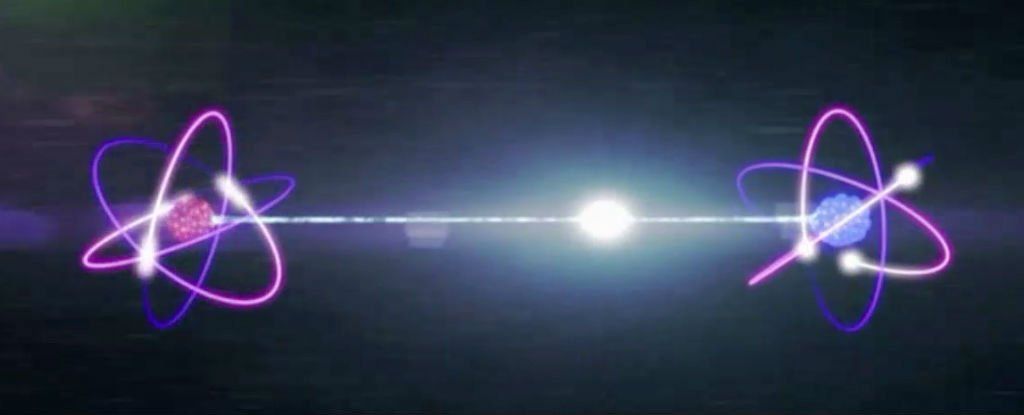Bohr’s atomic model was utterly revolutionary when it was presented in 1913 but, although it is still taught in schools, it became obsolete decades ago. However, its creator also developed a much wider-ranging and less known quantum theory, the principles of which changed over time. Researchers at the University of Barcelona have now analysed the development in the Danish physicist’s thought — a real example of how scientific theories are shaped.
Most schools still teach the atomic model, in which electrons orbit around the nucleus like the planets do around the sun. The model was proposed more than a century ago by Danish physicist Niels Bohr based on Rutherford’s first model, the principles of classical mechanics and emerging ideas about ‘quantisation’ (equations to apply initial quantum hypotheses to classical physical systems) advanced by Max Planck and Albert Einstein.
As Blai Pié i Valls, a physicist at the University of Barcelona, explains: “Bohr published his model in 1913 and, although it was revolutionary, it was a proposal that did little to explain highly varied experimental results, so between 1918 and 1923 he established a much more wide-ranging, well-informed theory which incorporated his previous model.”

